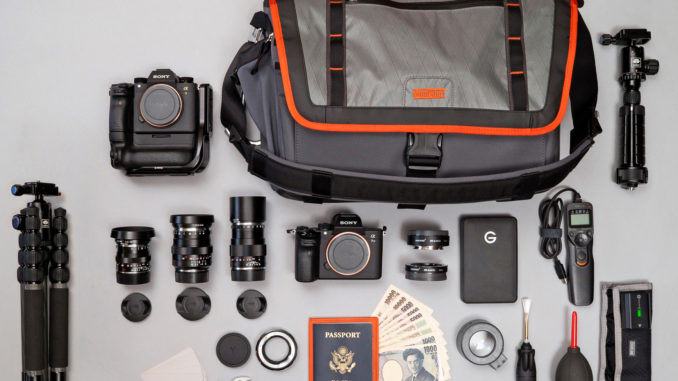
The Ultimate Sony & Zeiss ZM Street and Travel Photography Kit
by Marc Weisberg – Much more at his website HERE!
I’ve always wanted to own a Leica set up.
I love the fact that it’s a hand-built, stealthy, compact photography solution. I’ve never been able to personally justify the cost of the body and legendary lenses. But hold the phone, because, for me, I’ve finally found the Holy Grail – Photography Travel Kit. At the heart of my travel kit are my Zeiss ZM lenses. The ZM’s are made by legendary lens maker Zeiss, who’s been producing some of the finest lenses on the planet for nearly 100 years. I never really understood what Leica photographers meant by lenses having character until I spent a month photographing with the ZM’s. The Zeiss ZM lenses are manual focusing lenses designed for Leica M mount camera bodies. I’m a Sony shooter and own at least a dozen Sony lenses ranging from the G series to their GM series. For me, the Sony glass is clinically as close to perfect as you can get. Sharp, no vignetting, pleasing color rendition, wonderful bokeh and well…..clinically right there. They are definitely my lens of choice when shooting for my clients. But the ZM’s are in another class altogether and they have lots of personality: The 1.4/35 vignettes when wide open. They all have a color signature and micro contrast reminiscent of shooting with Kodachrome film. Their bokeh is softer and different than any of my Sony glass. I’m getting more of a 3-D quality when shooting wide open than I do with my Sony lenses. They are bitingly sharp wide open and when stopped down. Much sharper than my Sony glass but in a different way. The Zeiss lenses are tiny, lightweight, superbly built and beautifully balanced on my a9 with battery grip and even more so on my a7III body with no grip at all. After a month with my Zeiss ZM’s I now understand what is meant by lens character and personality. The ZM’s are not made to be clinically perfect lenses. Rather they are made to exhibit Zeiss’s unique character which is quite different than what I’ve experienced having photographed with Canon lenses for 15 years and Sony for the last 3½ years. The best part is that I can throw three Zeiss lenses and one Sony lens in my MindShift shoulder bag, keep it lightweight, and travel the world without wishing I had more lenses to work with.
The Kit:
MindShift Exposure 15: MindShift hit it out of the park with their Exposure 15 shoulder bag. I was excited to see the Exposure 15 online and after reading about its release I had to order one. The Exposure 15 checked all the boxes for me. I love to travel and have been caught more than once in a downpour in NYC and in Paris while doing an all-day photo walkabout. Threating skies and rain storms aren’t going to stop me from getting out to photograph and enjoy my travels. Both bags I’ve traveled with in the past have gotten soaked in the rain.
Weather Proof: What’s always been missing for me in the marketplace is a comfortable, well-padded bag with lots of pockets that is storm proof. Bingo Bango! MindShift leads the way. The top zipper is weather sealed. The fabric used is “high-performance waterproof sailcloth,” there are storm flaps that protect the side openings, and all fabric is coated with “water-repellent DWR fabric, and a sturdy Tarpaulin bottom.”
Other selling points for me: The inside pocket depth is 10.4” which is substantially deeper than any other shoulder bag I’ve owned including Billingham and Peak Design. Lots of pockets including an under the front flap easy access multi-segmented pocket and a large zipper pocket for storing pens, business cards, keys and more. A side sinch-pocket for a water bottle. A back-side flap covered 15” pocket for maps and such. The Exposure 15 is massively padded for protection. Inside the bag is a padded pocket for my 15” MacBook Pro.
What I’d Like To See: In future builds, I’d like to see a wider shoulder strap with more padding, a magnetic closure option on the front for on the go, run and gun photography. The current closure is a buckle snap that requires two hands to fasten the closure. A magnetic pull, locking closure would facilitate a quicker simpler method to secure the bag with one hand. I’d also like to see the back flap an inch or two longer to protect the back-pocket during inclement weather.
—-
Sony a9: My go-to 24.2mp, full frame camera, with 5-axis image stabilization, a speed demon@ 20 frames per second with no EVF blackout. Pictured here with the Sony VG-C3EM Vertical Grip, and Really Right Stuff [RRS] L bracket.
Sirui 3T-35K Table Top Tripod: Always innovating, Sirui developed this smartly engineered mini tabletop tripod which folds up onto its self. It’s small enough [folded: 9.5”, max height: 13.4”] and lite enough [15.2 oz.] to put in a shoulder bag and travel with. Also comes in super handy for desktop smartphone video, hiding speedlights around corners and to use in places that prohibit [full blown] tripods.
Sirui T-025X Carbon Fiber Tripod with C-10S Ball Head: Sirui knocked it out of the park with this tripod. I believe it is the lightest weight, best priced, finest made, carbon fiber travel tripod on the market. It’s diminutive enough to stuff lengthwise across the MindShift Exposure 15 front flap and is superbly well made, weighing in at a insanely light 2lbs. This featherweight is sturdy enough to use for long exposure photography when traveling. I look forward to taking the T-025X on international travels. I own larger, more beefy tripods, but can’t imagine walking around with them all day. The T-025X…not an issue.
—-
Zeiss ZM Lenses
Why Zeiss Lenses: Keep in mind these Zeiss lenses are produced specifically for the Leica camera system. Scale Focusing or Zone focusing allows you, by means of the etched scale on the bezel of the lens, to choose an appropriate aperture to “dial in” your in-focus distance: For example, you could choose to everything in focus from 5ft. to 10 ft. or from 5ft to infinity, the choice is yours. Put two camera bodies in a shoulder bag with 3-5 lenses and you can travel the world photographing your heart out.
Zeiss Distagon T* 1.4 / 35 ZM: My go-to landscape lens. Biting sharp at f/1.4 with lovely bokeh. Icy sharp when stopped down to f/5.6 – f/11. The Distagon lives on my a7III when traveling.
Zeiss 35 f/1.4
Zeiss Planar T* 2.0 / 50 ZM: My go-to midrange lens and go-to portrait lens. When fully open to f/2.0 for portraits renders tack sharp with wonderful falloff, superb background bokeh and renders a three-dimensional look.
Zeiss Tele-Tessar T* 4 / 85 ZM: Used in place of carrying a bulky telephoto like my amazing Sony 70-200 f/2.8 GM. Because it’s an f/4 it doesn’t have that close up bokeh of fast glass, but does have a pleasing and gentle out of focus character. It cuts sharp at f/4 and all the way through when stopped down. Believe it or not the 4/85 is smaller in girth and weight than the 1.4 / 35 ZM.
Sony a7III: A full frame 24.2mp camera with dual SD cards slots, focus peaking for manual focusing, 5 axis stabilization, 10 frames per second, up to ISO 204800, silent shutter and so much more. But let’s get real. It’s good up to about 30k ISO. Just used this for four days straight with the above Zeiss ZM lenses and loved every second of it. The Sony VG-C3EM Vertical Grip, and Really Right Stuff [RRS] L bracket on my a9 is fully compatible with the a7III. Honestly, when using this camera with my Zeiss lenses, I don’t want for anything else. And I used the a7III without the grip. One battery lasted for four days of shooting.
Fotodiox Pro Automatic Macro Extension Tube Kit for Sony E mount: One of my favorite lenses in my lineup is my Sony 90mm Macro f/2.8. Now I can feel comfortable leaving it at home when traveling. The Fotodiox 10mm and 16mm extension tubes are stupid inexpensive and seriously lightweight. It’s was a no-brainer purchase and I keep them in my bag for when I want to do some macro photography. You can use the extension tubes separately or stack them to get even closer than 1:1 macro photography.
G-Tech Mobile 2tb Hard Drives: My mobile backup solution. I’ve been using G-Tech for years, both mobile and desktop drives. Switched over to their brand after using a very well-known brand for years that simply wasn’t keep up with the tech and also started failing on me. I’ve never had a G-Tech drive fail on me.
Vello Shutter Boss: Use it both as a shutter trigger and an intervalometer.
Moo Luxe Business Cards: Double thick and oh so dreamy.
Voigtlander Close Focus Adapter: Adapts the Zeiss ZM lenses to my Sony E mount bodies. There’s a small red switch on the underside of the adapter that allows you to unlock and turn the bezel, which will halve the focusing distance. For instance, if the minimum focusing distance is 3ft. It will shorten the focusing distance to 1½ft. Helpful for creating more intimate portraits.
Passport: Because I love to travel.
Yen: Because I was supposed to go to Japan last year but had to cancel because a family member was gravely ill. Hoping I can go this year.
Visible Dust 8x LED Loupe: A necessary tool which illuminates and magnifies the sensor to view dust particles.
Visible Dust Arctic Butterfly: I clean my sensors and have been doing so for at least 10 years now. The Arctic Butterfly is a battery-operated LED lite, cleaning brush. Tuning on the small in body motor spins the brush creating a negative charge and causes dust to be attracted to the brush head. The LED lights illuminate the sensor. It comes in a padded protective hard case and packs easily for travel. Visible dust tools are expensive. You’ll only worry once about the price. This is my second Arctic Butterfly. My first one just died after 10 years of use.
Rocket Blower: Essential for on the move sensor dust removal.
Think Tank Photo DSLR Battery Holder 4: Small. W well made, will last a lifetime. Great for organizing my Sony batteries for all my bodies. I own three of them.
Not Pictured Here: Sony FE 12-24mm f/4 G: Sold my 16-35mm f/4 and purchased the excellent 12-24mm f/4 G. The 12-24mm exhibits minimal barrel distortion which is 100% correctable in Adobe Ligthroom. I pull out the 12-24mm when my 1.4/35 is not wide enough. The lens is always in my bag, fast to focus, is razor sharp with zero vignetting, sharp in the corners and sharp edge to edge.
—
About the Author, Photographer and Educator: Marc Weisberg is an architectural and luxury real estate photographer based in Southern, California. Weisberg teaches a series of acclaimed Luxury Real Estate Workshops across the US. You can find out more about his workshops on his website. To see Marc’s Luxury Real Estate Photography Kit click here.

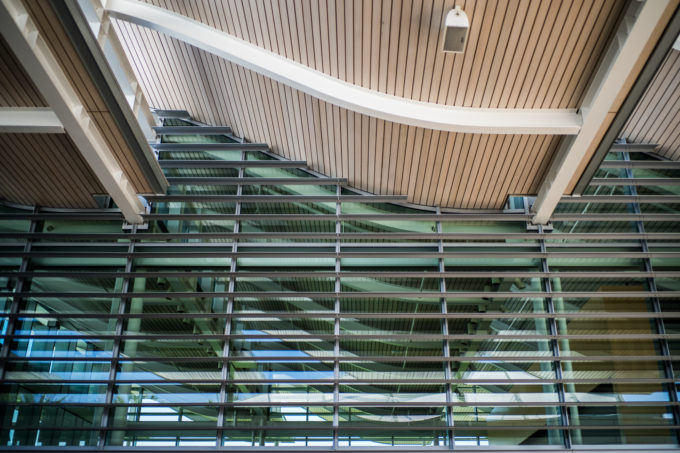
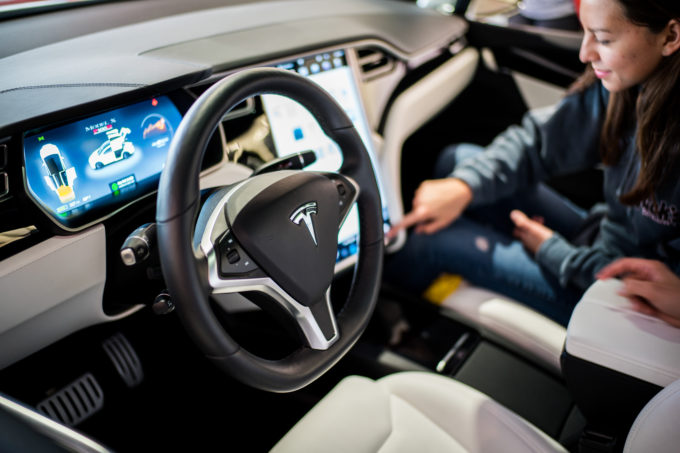
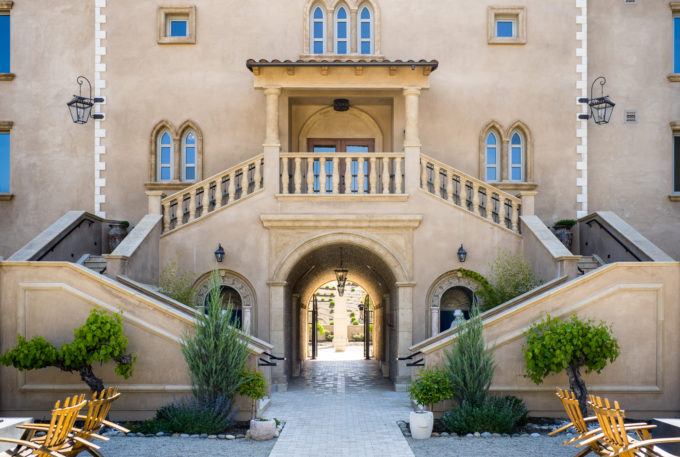
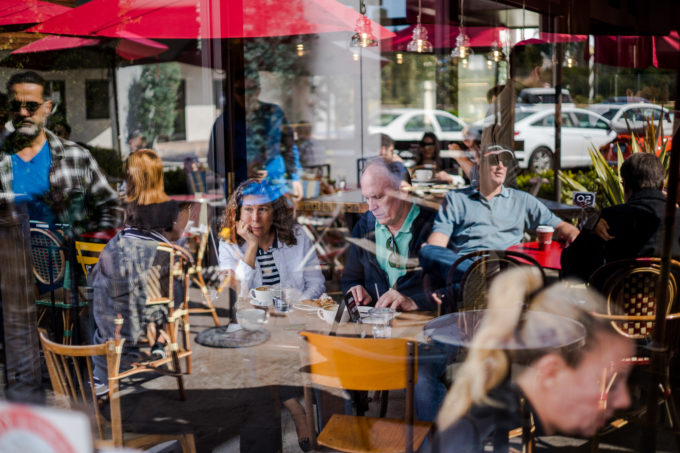
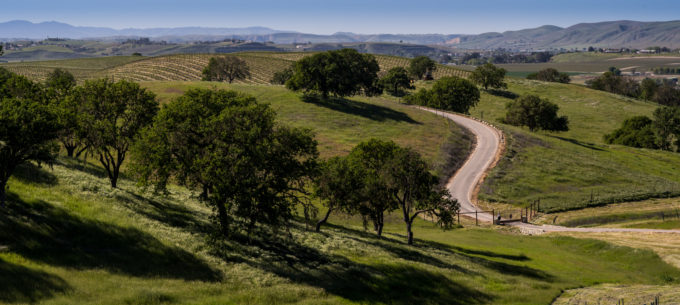
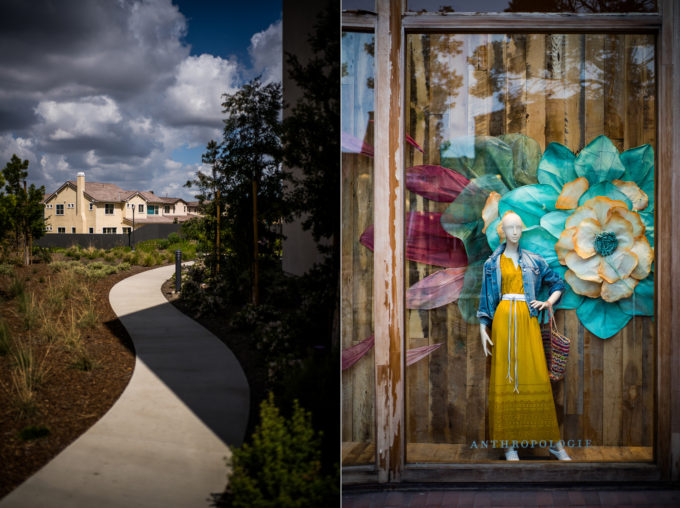
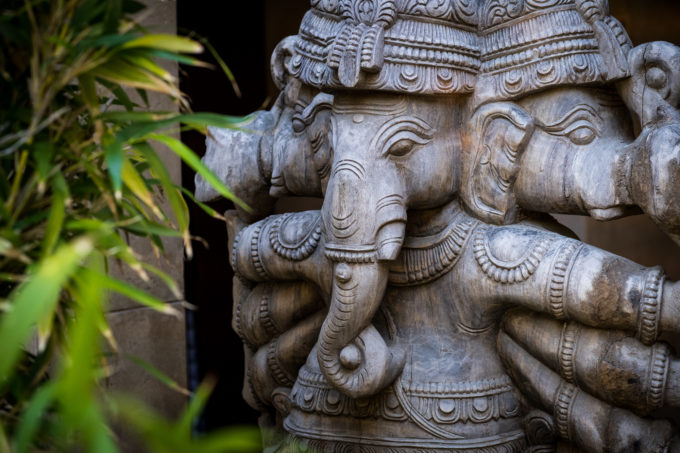
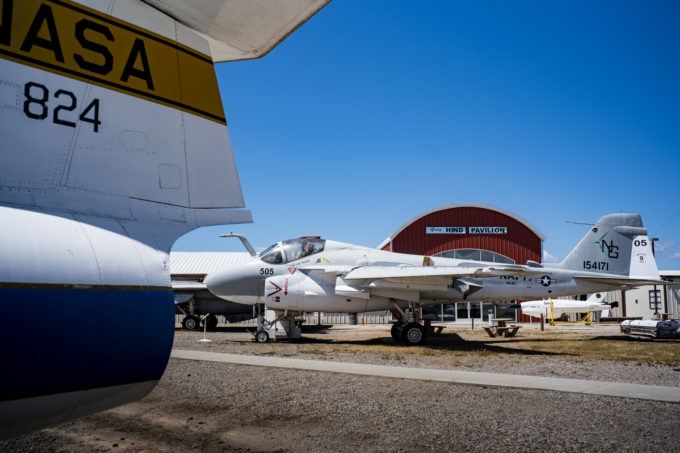
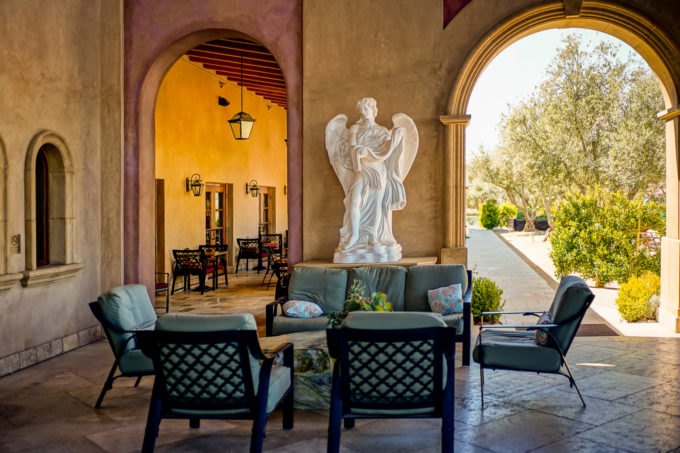
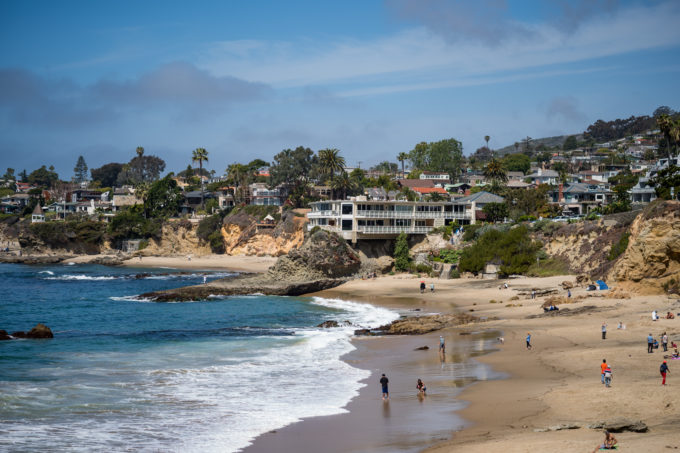
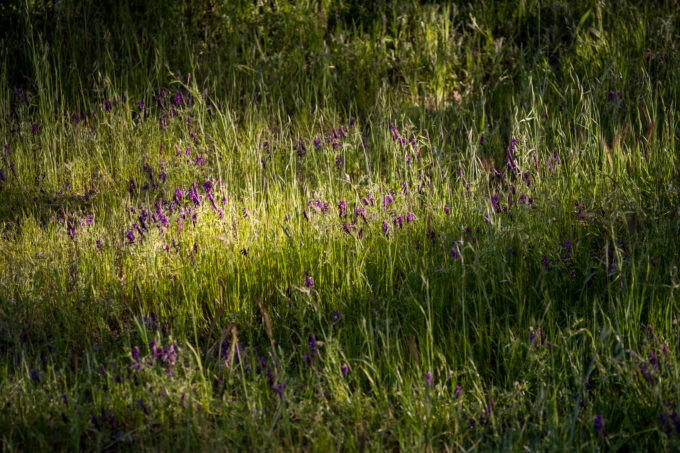
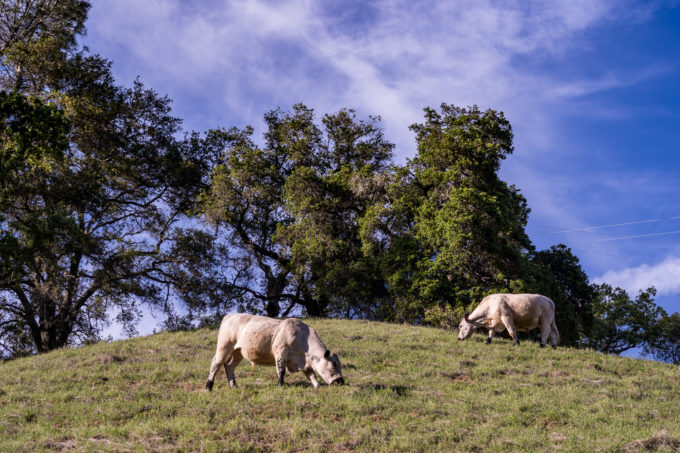
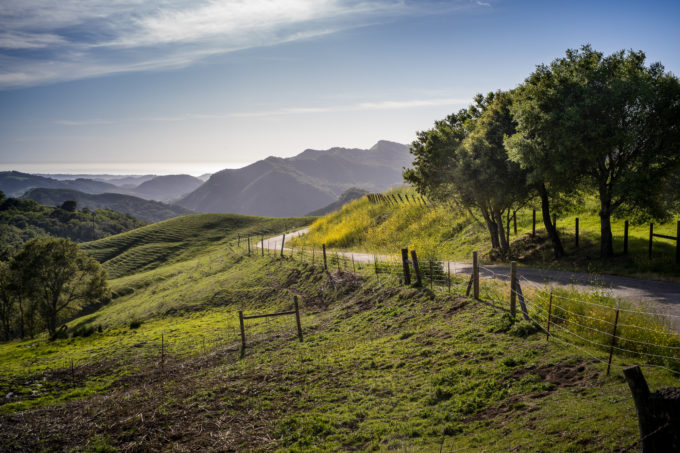
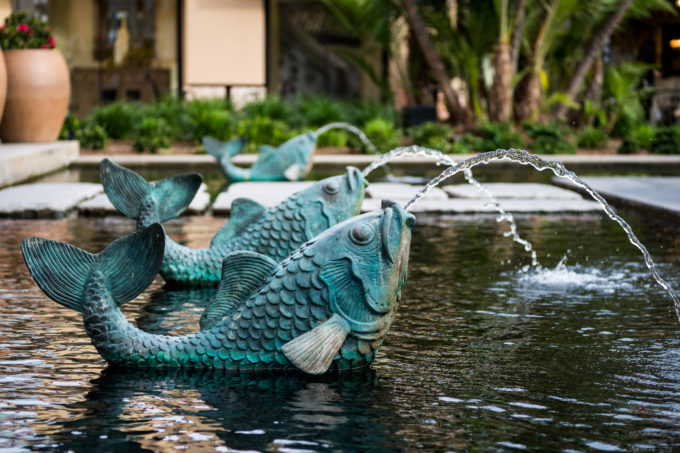
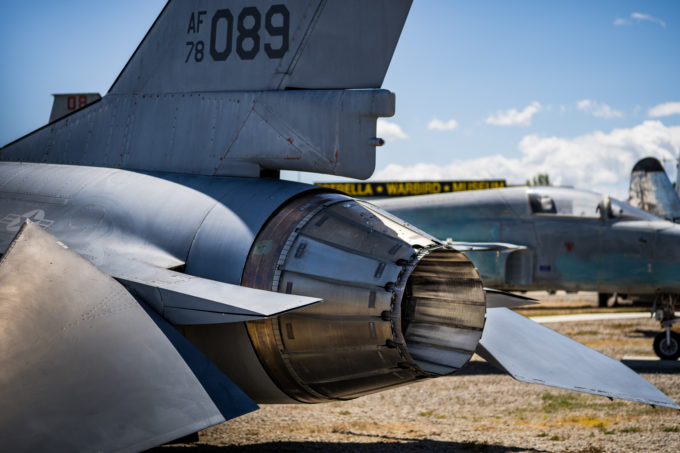


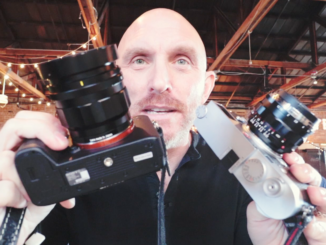
I got together with a friend once to test out a few 35mm lenses we had on hand on the A7R2 bodies; Zeiss ZM 35/1.4, Sony Zeiss FE 35/1.4, Zeiss ZF 35/2, Voigtlander 35/1.2 and later the Voigtlander 40/1.4 and Contax Zeiss 35/2.8. What stood out to me was the expectation that the FE lens designed for the Sony mount and I assume thus for the sensor as well, ie a perfectly mated lens was not the best. The ZM 35/1.4 was noticeably sharper and richer in micro contrast and detail. The rest were fairly as expected, each with it’s own character, but all quite usable – almost more a matter of ergonomics and feel. There, the FE kinda stinks being so much larger than most on top of not so stellar image results. I say that by comparison. In general that lens is still fantastic.
Did you look at the Loxia line? It has some advantages over ZM lenses.
Hi Toon, I love the Loxia line. What advantages does it have? In my mind, it’s still a gorgeous manual focusing lens. However, it bigger and bulkier. I own the 2/35 Loxia and it a gorgeously made lens. But it’s sterile compared to the Zeiss ZM glass which has lots of character. The only win for the Loxia is that it is a native mount. Mw-
and you have an advantage in being able to use the close focus adapter with the ZM lenses over any E mounts. I’ve felt the same re Loxia line; very nice but a bit bland by comparison – even if Loxia is more corrected and perfect, and such flaws in the ZM line are a bit detrimental to lab criteria. the ZM are simply gorgeous, tiny, solid, nearly failure resistant compared to many other lines due to all mechanical metal construction. but, I’m not as bold in using them on all jobs, mainly more emotional work like weddings. what about wider ones Marc? ever use the 18, or even the “more” compact “C” versions? even portraiture, which I consider to have far more latitude in terms of lens choice, I’m using D/SLR mount lenses mainly, by default.
According to the product description on B&H’s website, that Vello Shutter Boss is not usable with the A7-3 and A-9 cameras.
Hmmm, Peter mine has a multi-port connection on it and that is all that is needed. This is the one that I use, not sure which one you were looking @? https://bhpho.to/2JO4eL3 Hope this helps. Mw-
Marc, that’s the one I looked at. Here’s an excerpt from the product description…”This particular ShutterBoss is compatible with cameras that have a Sony Multi-Terminal connection, for example: Sony Alpha a58, a77 II, a3000, a5000, a6300, a7, RX100 II/III/IV/V, and RX10 and RX100 series cameras, but this remote is not compatible with the a7 III, a7R III, or the a9 cameras.”
In one of the Questions & Answers for this on B&H, one person said Vello told him “Sony changed something” in the new cameras….if yours works, that’s good to hear.
I’m curious Marc why you don’t shoot an actual Leica?
Hi Matt, Thank you for your comment. You know, I’d love to own a Leica body to experience what it’s like long term. I’ve flirted with purchasing one and have only used them in passing. But for me, my Sony’s are capable of so much more, like HDR = In-Camera HDR, used when needed, Focus Peaking, on my a9 20/fps when needed with no EVF blackout, on my a7III fairly high ISO, on my a7sII ridiculously high ISO like clean 20k ISO output, bracketing capabilities on all bodies, in-camera stabilization and silent shooting just like a Leica on the a9 and a7iii. The ultimate decision maker for me though is that camera tech changes fairly rapidly and as gorgeous as the Leica’s are and I love the fact that they are built by hand, IMHO they can’t possibly keep up technologically. And then there is the cost factor of about $7k -$10k for a body. I simply feel that for ME, my Sony’s do everything I need and more than the Leica is capable of. Perhaps someday. Oh, and there’s the fact that I can adapt just about any lens to my current system.
Hi Marc, nice article and pics. I’m a HUGE fan of the Zeiss ZM line of lenses but one thing that is worth mentioning is that they don’t all perform on the Sony the way they do on an M. It just so happens that the (3) ZM lenses you have all perform very well on the A7. The reason why the 35mm 1.4 is so big is it is a newer design and optimized for digital. If you end up buying an UWA lens that is when the quality falloff becomes much more obvious.
As an example the Zeiss 25mm ZM is an absolute masterpiece on the M but on your Sony you will have soft edges and colour shift. Anyway…just something to keep in mind!
That was a fun read – and very informative, too. I do wonder if an A7III is overkill for travel photography, but hey, there’s nothing wrong with overkill!
Some time ago I looked up the ZM 35mm lenses, the f/2.8 and the f/2. The f/2, to my surprise, had less distortion. How each of these lenses behave on any given sensor, in other ways, is obviously a different story. The only problem with non-native lenses is that you can’t always correct for CA (unless the lens has a very small amount which you can safely ignore).
IIRC, the 50/1.5 has focus shift, which I don’t like. Yes, on a mirrorless body you have a true preview of the image (unlike with an SLR or a RF) but if you use the lens on both an M and an A7, you would want to know these things.
So here’s a question, given that you specialize in real estate: do you correct keystoning in the RAW converter, or do you sometimes use a shift lens?
I have found that shift lenses (the older ones) are not good with digital sensors. This caused me some grief for one client (nothing to do with architecture BTW) on one occasion, but in another way, saved me some grief on another. On balance I think I’d prefer not to use a shift lens if I’m shooting with a digital camera. Sacrificing some resolution is better than the hassle of using these types of lens, IMHO.
Hello Karim, A few things: I’ve found ZERO CA on all lenses in the review. Overkill with an a7iii, wondering why you feel that. It’s only a 24mp sensor and responds beautifully. I would personally think that an a7rii or an a7riii is overkill in the megapixel department. For my every luxury real estate I relly on my Canon T/S 17mm and 24mm lenses. Also, minimal if any CA and only in super brightly lit backgrounds and the CA is 100% correctable in LR CC Classic. But when I travel I don’t want to walk around all day with that type of heavy gear. So I relly on my Zeiss ZM’s. I’m currently considering the stellar Leica 16-18-21mm f/4 Tri-Elmar which Steve has reviewed on his site. I tested one out and love it. If I’m hired by a client for luxury real estate photography and that’s my purpose for travel, I’ll bring the kit detailed in this article and my T/S lenses adapted with a Metabones IV on to my a9 or a7iii. You can see my RE kit here: https://luxuryrealestateimages.com/luxury-real-estate-photography-gear/ When purchasing the lenses in this article I had a long conversation with the head of US sales from Zeiss who I’ve been friendly with for a number of years, meeting him at a trade show. And he schooled me on the best lenses in their line up that are excellent for the Sony body. My purchase was based on no seeing images first hand and his advice. That being said I’ve been using these lenses copiously for over 3 months now and they are remarkable in every way and leave nothing for me to want more from the Zeiss ZM glass. I hope this answers your questions.
Hello Erik, I find no difference at all.
Could you please describe how much different the viewfinder is on A7III vs A9 for manual focusing?